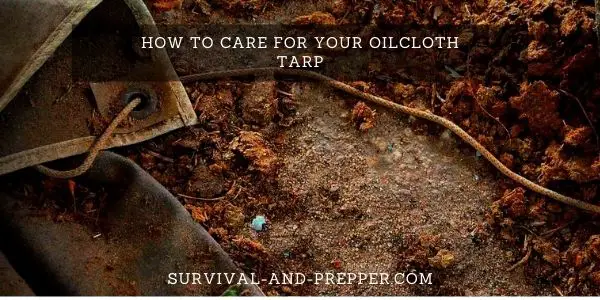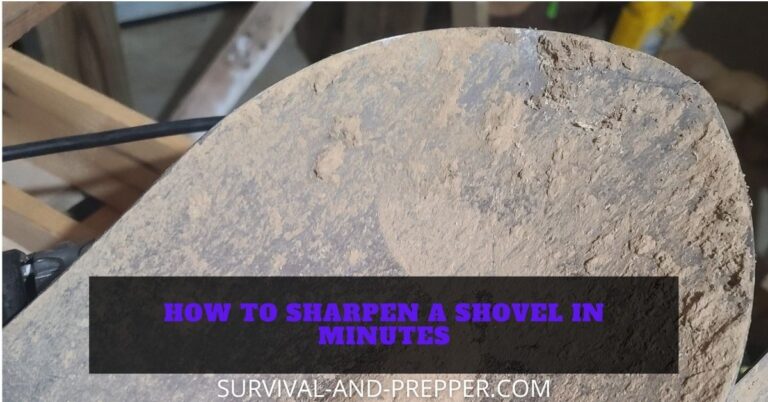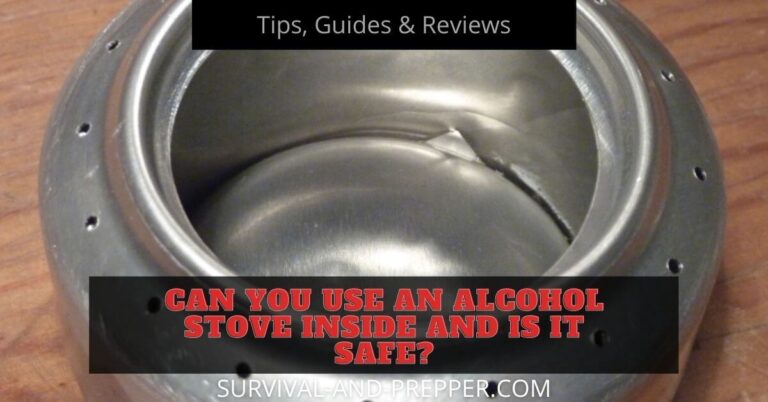A Guide On How To Care For Your Oilcloth Tarp
Oilskin Tarp Care: A Beginner’s Guide
If you’re unfamiliar with oilcloth and waxed cotton, it’s important to note that they are not the same thing, despite their similar uses. Oilcloth is a cotton or linen fabric treated with oil to achieve a waterproof finish, while waxed cotton has been treated with beeswax for the same purpose.
These fabrics have different characteristics and require unique care based on their composition. If you’re looking for guidance on caring for waxed cotton, you can find helpful information here. And if you need to repair your oilcloth, check out this article.
Now, let’s focus on caring for your traditional oilcloth tarp.
Essential Items for Oilcloth Care
To properly care for your oilskin tarp, you’ll need a few items. Here are the links to some of these items on Amazon for your convenience:
1. Stiff Bristle Brush – This will help with cleaning.
2. Boiled Linseed Oil – Used to maintain the waterproof quality of oilcloth.
3. Mineral Spirits – Useful for cleaning.
4. Optional – Concrete Powder Dye – Add a tint if desired.
5. Water – Essential for wet cleaning.
Cleaning and Maintenance of Your Oilcloth Tarp
Traditional oilcloth is treated with linseed oil to provide its waterproof characteristic. It tends to be slightly thinner and more flexible than waxed cotton. While you may be tempted to machine wash it, that is not recommended as it can damage both the washing machine and the oilcloth itself.
In most cases, a simple brushing will suffice for cleaning. Start by examining the tarp to determine if the entire cloth needs cleaning or just a specific area.
It’s normal for oilskin to develop a natural patina, similar to leather or metal, so don’t try to clean that off as it adds character. Minor cracks along seams and stressed areas are also expected and shouldn’t be a cause for concern. With time, these cracks will become less noticeable as the fabric becomes more flexible.
When choosing a cleaning method, consider the substance you’re trying to remove. Sticky substances are best cleaned with wet methods, while dried mud should be brushed off. Avoid using soap on an oilskin tarp as it may remove some of the essential oils it’s treated with.
Dry Cleaning Oilcloth and Oilskin Tarps
To dry clean your oilcloth tarp, lay it flat on a surface and use a stiff-bristled brush to briskly clean the desired area. Avoid using brushes with metal bristles as they can damage the fabric.
Keep in mind that the cleaning process may cause minor color changes on the cloth due to the patina development. This change does not affect the tarp’s performance and can even enhance its appeal.
Wet Cleaning Oilcloth and Oilskin
Wet cleaning follows a similar process to dry cleaning, but with the addition of water. Wet the cloth and periodically rinse it while scrubbing with a stiff-bristled brush. This method ensures a more uniform color change and helps remove mud and sticky substances.
For sap from trees like pine, you may need a bit of turpentine to dissolve the sap, without harming the tarp.
Repairing an Oilskin Tarp by Reapplying Oil
If you notice that a certain area of your tarp no longer repels water during wet cleaning, you can fix it by reapplying oil.
Check the information card that came with your tarp to determine the type of oil used. You can then mix ¾ boiled linseed oil with ¼ mineral spirits, which are available at hardware stores, and apply the mixture to the tarp. A paint roller can be useful for this task, but remember to do it outdoors due to mess and odor.
Allow the tarp to dry for approximately 48 hours, allowing the mineral spirits to evaporate and the linseed oil to dry. You can even add a bit of concrete powder dye for tinting, although be cautious as liquid dyes haven’t been tried.
Storing Oilcloth Tarps
Oilcloth is more pliable than waxed canvas, making it easy to fold and store. Ensure that your tarp is clean and dry before storing. Fold it to the desired dimensions, and for most convenience, a 1×2 foot square should suffice for storage.
Find an area with minimal exposure to sunlight and weather conditions, as heating the fabric while folded could lead to semi-permanent creases. For ongoing use as a tarp, periodic cleaning to remove debris and prevent molding is recommended.
In conclusion, oilcloth is relatively easy to care for, which explains its popularity in the past. While it might not be as prevalent today due to the availability of more modern materials, some tent manufacturers, bushcrafters, and outdoorsmen still appreciate this durable fabric. With proper care, your oilskin tarp will last for many years to come.






